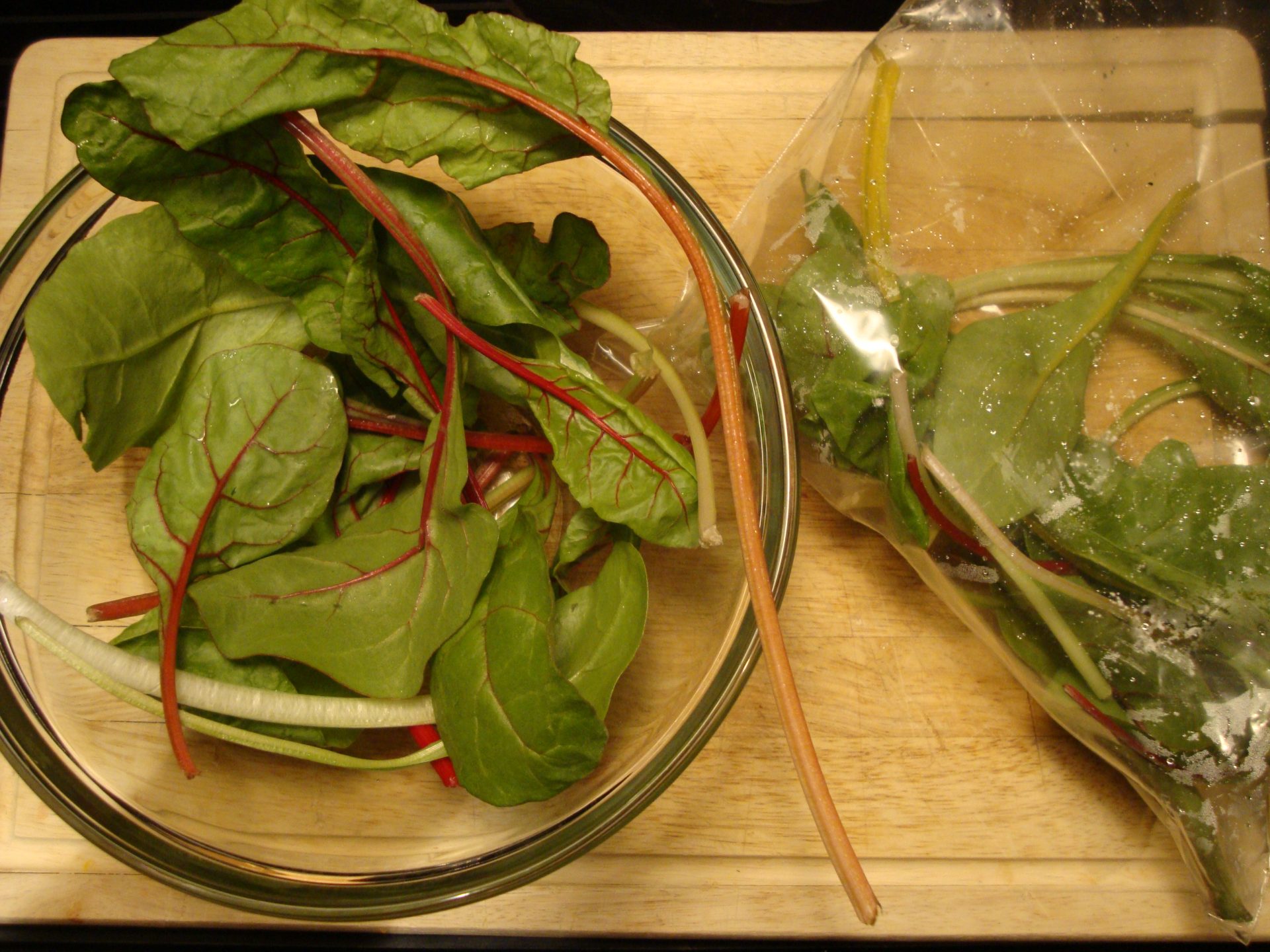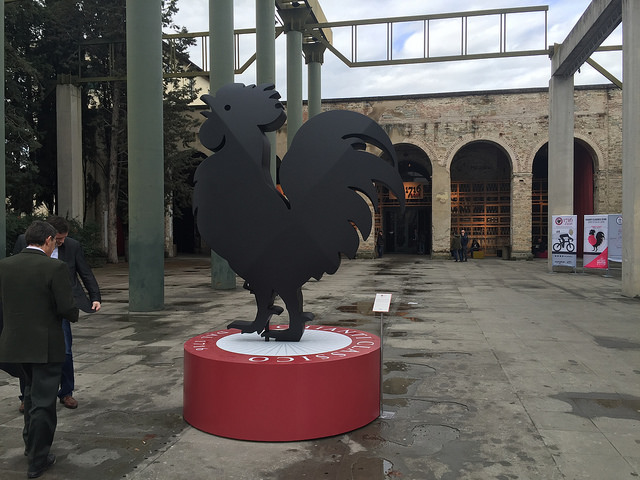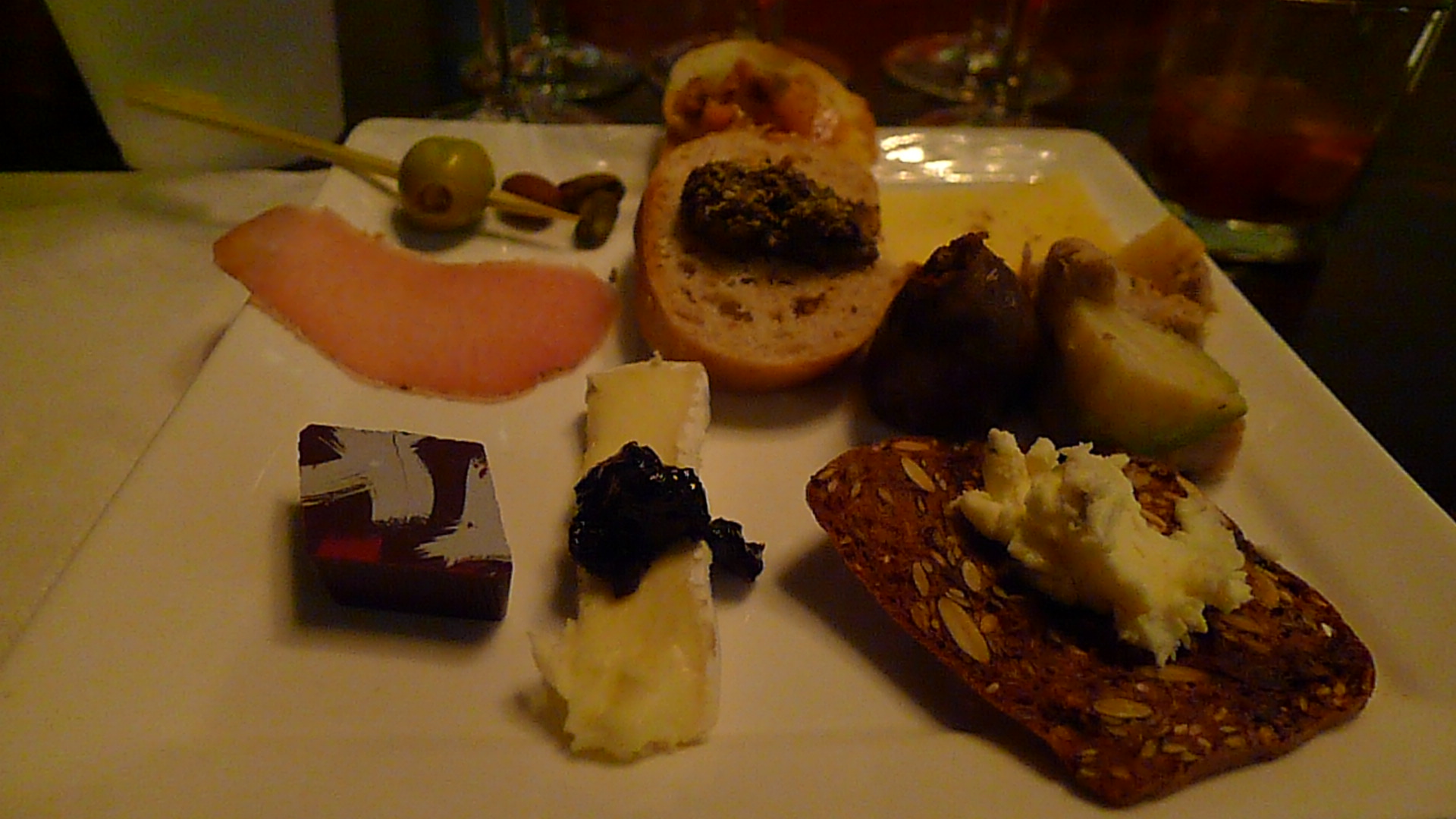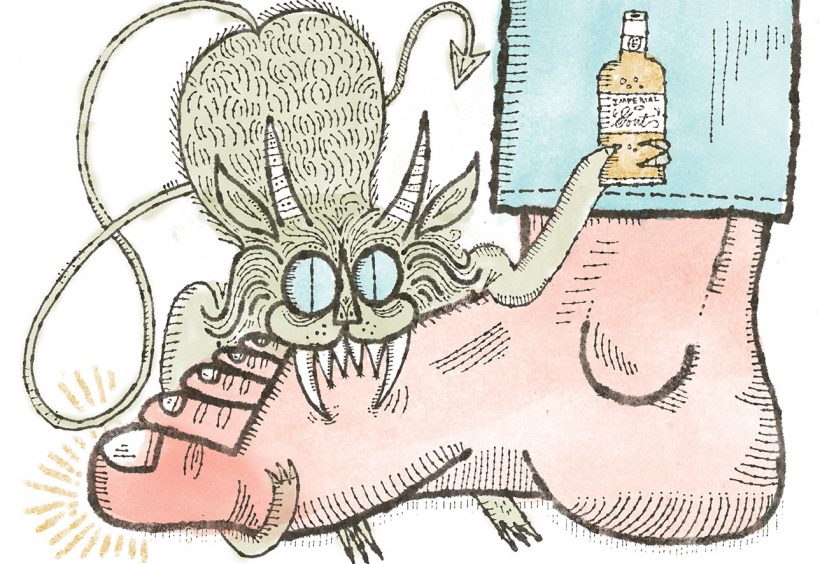By Kylie Meyermann
Last week marked my first trip to the Riverdale Farm Farmers’ Market and upon feasting on the fresh, seasonal produce, I had a life changing revelation. For years I have been confounded by my best friends diet. Sure, I’m fickle about the origins of my food, but I can’t ever imagine myself substituting beef with tempeh or potato chips with pine nuts. In movie theatres, while I’m munching on extra buttery popcorn, my friend is pulling out a Ziploc bag full of unseasoned spinach. However, I’m a changed woman, and as I type these words I’m proudly eating a bowl full of undressed Baby Chard. When something is this fresh and in season, it would be sacrilegious to dress it up or eat anything but.
Baby Chard happens to be the oldest member of the beet family. In the sixteenth century, a Swiss botanist documented the leafs’ characteristics and ever since the vegetable has been dubbed Swiss Chard. The Greeks and later the Romans praised chard for its medicinal properties, and since it has been discovered that Swiss Chard has 13 different polyphenol antioxidants and supports bone health.
When chard is picked young it is bagged as Baby Chard. It can be prepared the same way as larger chard, in a cast iron pan with a drizzle of olive oil over medium heat or gently steamed. Cooking Baby Chard would be a pity though, since Baby Chard has not yet developed the tough astringency characteristic of its parent, it can easily be eaten raw. Baby Chard is tart, pungent and slightly salty, the perfect base for a salad. In a mere month tomatoes will be in season and I’ll happily make an Heirloom Tomato and Baby Chard salad.
 Kylie Meyermann is a contributor of Good Food Revolution. Follow her on twitter @Kylieswines
Kylie Meyermann is a contributor of Good Food Revolution. Follow her on twitter @Kylieswines








